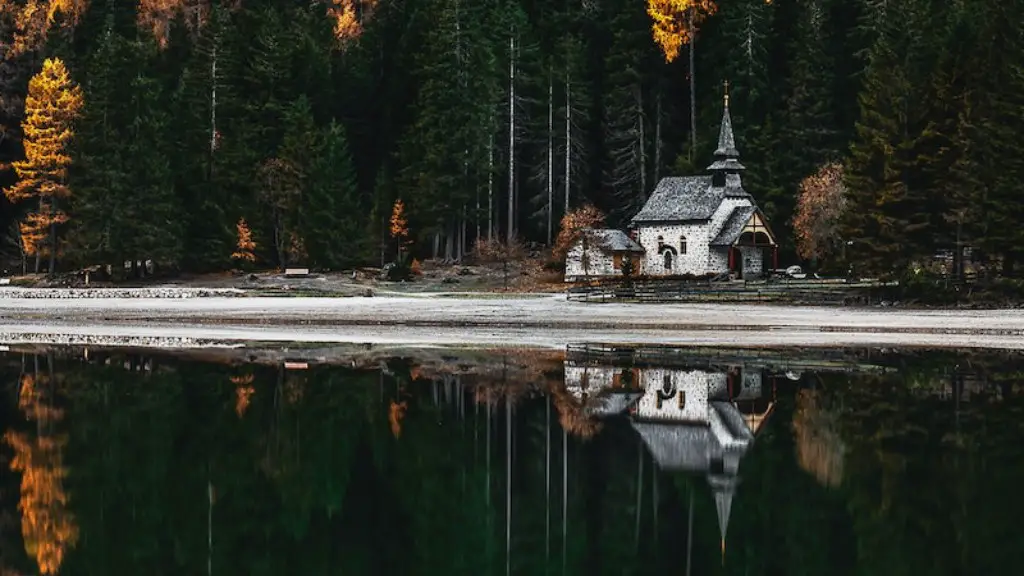How does Mississippi River Start
The Mississippi River is the second-longest river in the United States, stretching some 2,320 miles (3,730 km) through the nation’s heartland. Its source is Lake Itasca, in northwestern Minnesota.Though people often talk of “the River” as if it were one entity, the Mississippi is actually made up of several interconnected rivers and streams—including the Missouri, Arkansas, and Ohio Rivers—that all drain into the Gulf of Mexico. It is one of North America’s biggest drainage systems.
The Mississippi starts in Lake Itasca, a small, shallow glacial lake located in the northwestern corner of Minnesota. The headwater of the Mississippi, Lake Itasca is located on a rolling area of scenic hardwood and conifer forests. Originating from rainfall and melting snow occurring in its watershed area, water flows from Lake Itasca into Mississippi River. Expanding wider and faster as it travels southward, it first passes through two other important rivers—the Big Sioux and the Des Moines. Next up is the Missouri River, the longest tributary of the Mississippi and the largest river in North America. This part of the Mississippi is sometimes referred to as the Upper Mississippi.
The Mississippi then begins to grow in size and power as it receives water from numerous tributaries. Notably, it meets the Ohio River in southern Illinois. From there, it flows south through Missouri, Arkansas, Mississippi and Louisiana. Finally, it passes by the bustling city of New Orleans before flowing out into the giant expanse of the Gulf of Mexico—marking the end of its epic journey.
In its travels, the Mississippi River meanders across nearly 40 percent of the lower 48 states, forming boundaries for 10 states and counties. Additionally, along its path are floodplains and wetlands that have been home to a diverse mix of plant and animal communities for millennia. Indeed, human civilization has also followed its path for thousands of years—from indigenous people to modern settlers.
But today, the power and life-giving capacities of the Mississippi is not unchallenged. The threat of sedimentation, overfishing, industrial pollution, and the flooding of riverbanks due to dam building and other human activities all put a strain on the river and its many ecosystems. As a result, experts are working hard to protect the Mississippi, its tributaries, and the rich lands that it influences.
The importance of the Mississippi River
The Mississippi River plays a vital role in the U.S., serving as a major waterway for goods and transport across the continent. Its basin serves as a major agricultural production region, and is rich in minerals as well. Along its banks are dozens of universities, hundreds of museums, and thousands of places of religious worship.
One of the most famous aspects of the Mississippi is its role in jazz music. Jazz traces its origins to New Orleans, the birthplace of jazz. In the 19th and early 20th centuries, the city was an important port city, where a mix of European, Caribbean, and African music styles collided and a new type of musical genre was born.
In addition, the Mississippi is renowned for romance and grandeur. From riverboat casino resorts to lovely resort towns dotting the banks, people from around the world come to visit this vast waterway and appreciate its incredible beauty.
The Economic Impact of the Mississippi
The influence of the Mississippi River has extended far beyond the region’s geographical borders, to become an international economic powerhouse. Much of the region’s transport is based on the river, and each year, the Mississippi carries billions of dollars of cargo in the form of agricultural goods, oil, coal, and steel.
As the Mississippi’s tributaries and ports expand, people in the region benefit from increased employment opportunities. The various ports along the Mississippi—including Memphis, St. Louis, and New Orleans—serve as major hubs of job creation and economic development.
In addition, the economic activity generated by Mississippi River-based industries and commerce provides tax revenues that support infrastructure improvements and support development and public health initiatives. This economic activity helps fund educational programs, healthcare services, housing, and other community initiatives.
Preservation of the Mississippi River
The Mississippi River is an ecosystem. Its waterways, wetlands, and tributaries provide essential habitat for fish, wildlife, and plant life of all kinds. It also plays a critical role in mitigating the threats of climate change and flooding.
For this reason, conserving the Mississippi River and reducing threats to its health has long been a priority for state and national governments. Several agencies are dedicated to protecting and restoring the Mississippi, from the Environmental Protection Agency to the U.S. Fish and Wildlife Service.
For example, for the past several decades, the EPA has been working to reduce nutrient pollution of the Mississippi and its tributaries, which can lead to algae blooms and low oxygen levels. The EPA is working with state-level governments to reduce pollutants that can enter the river, as well as working with them to restore wildlife habitats and improve approaches to agricultural runoff.
In addition, the U.S. Army Corps of Engineers helps reduce the risk of flooding by constructing levees and other structural flood protection measures along the river. This helps protect nearby homes and businesses, while at the same time, preserving the health of the Mississippi.
Conclusion
The Mississippi River is a crucial part of American culture, history, and economy. Its spring-fed headwaters in Minnesota provide life-giving sustenance to millions of people along its 2,320-mile stretch. And its deep importance to the nation has been recognized by governments and institutions alike.
But relatively recent threats such as industrial pollution and nutrient runoff mean that it is more important than ever to protect and preserve the Mississippi River and its tributaries. Indeed, it is the responsibility of all of us to ensure that this iconic waterway remains protected for future generations.




